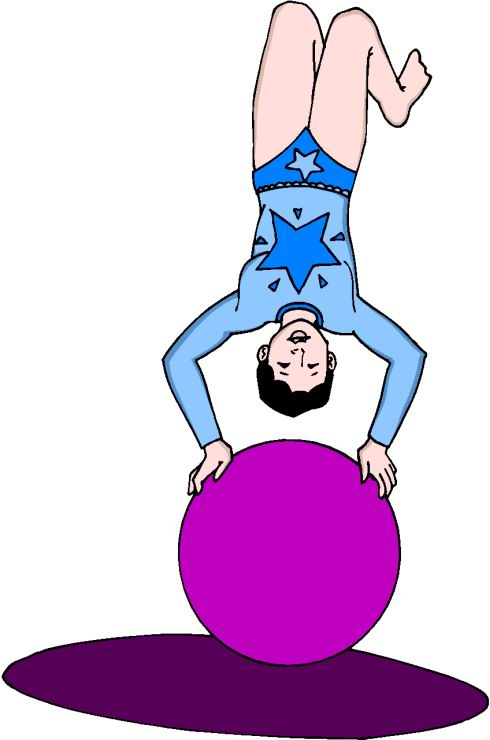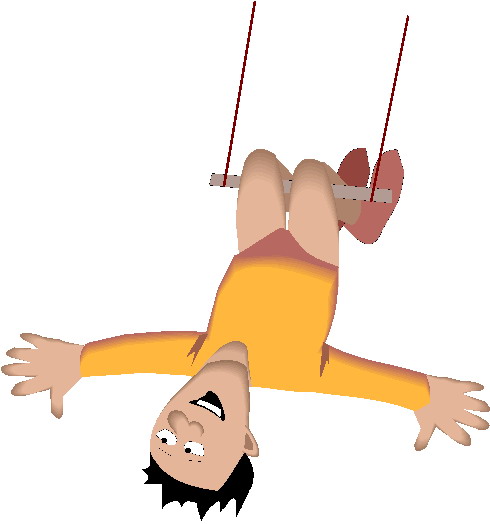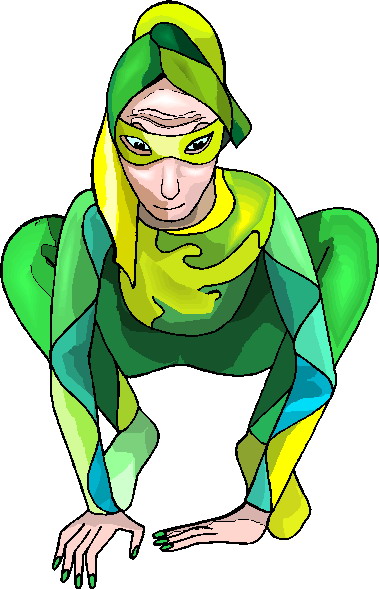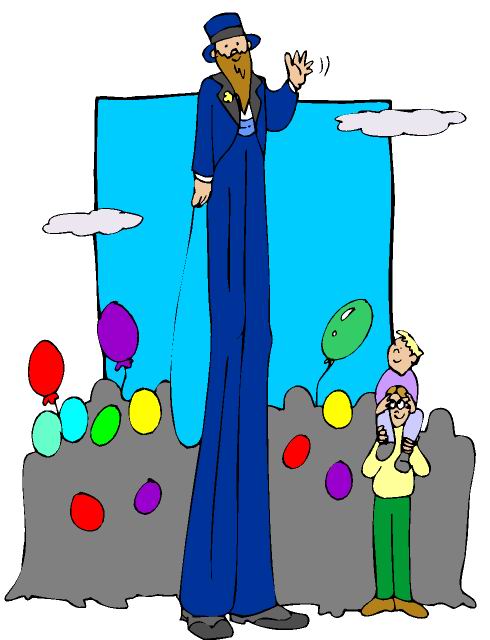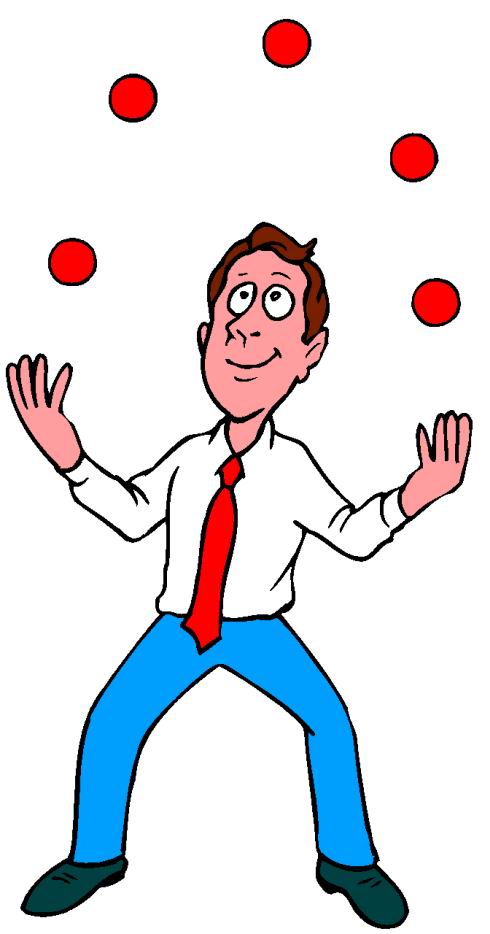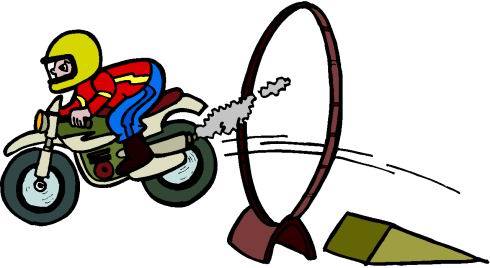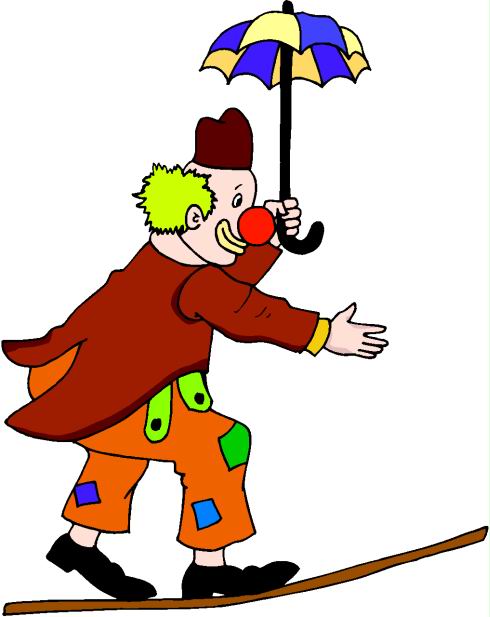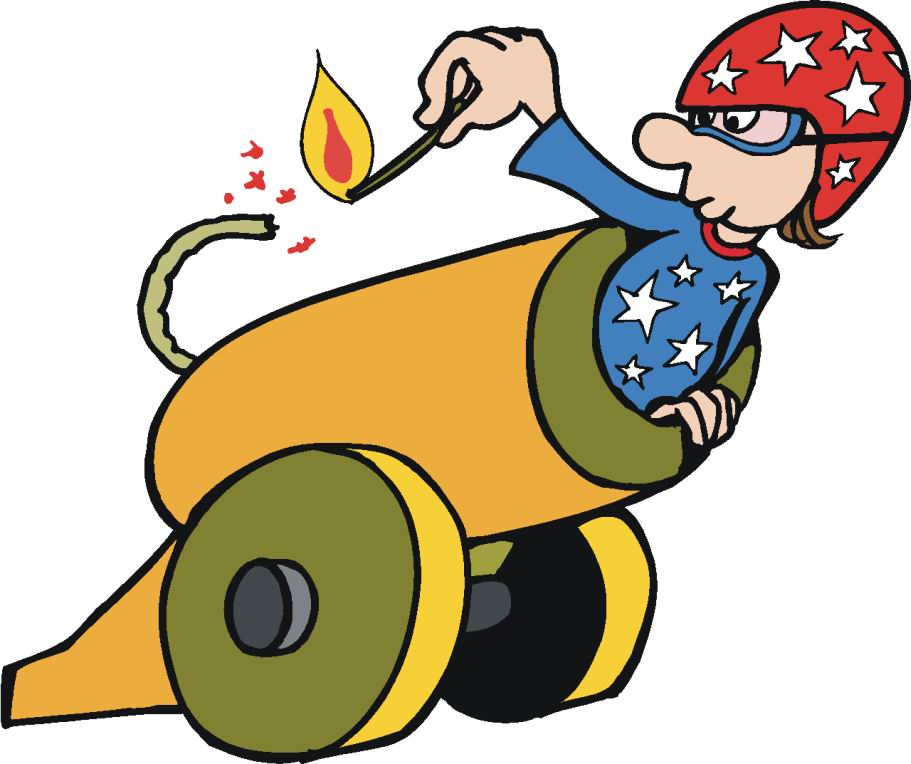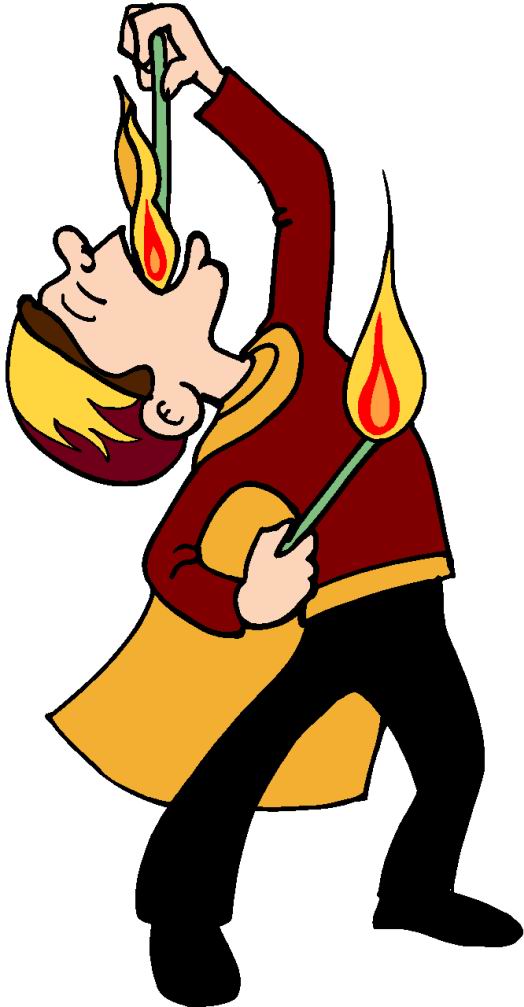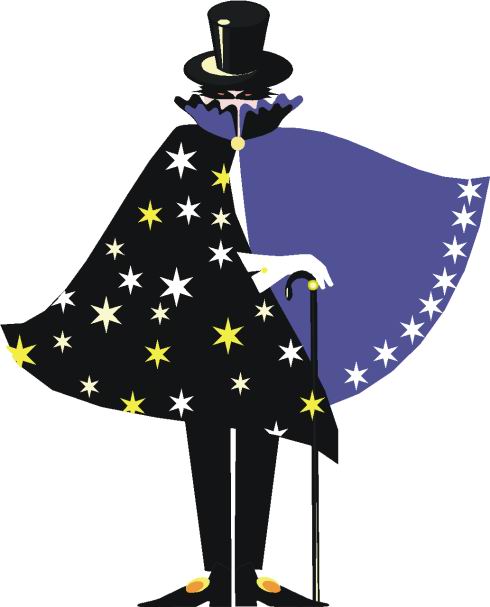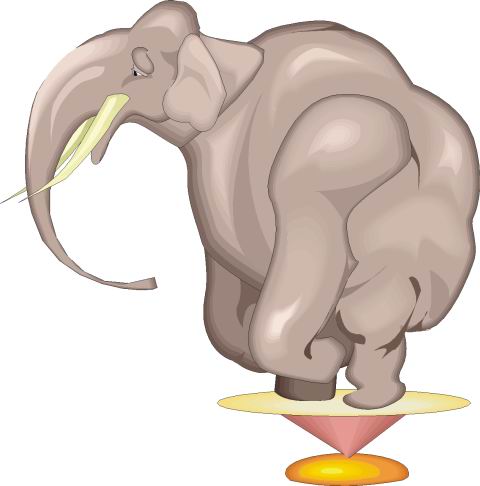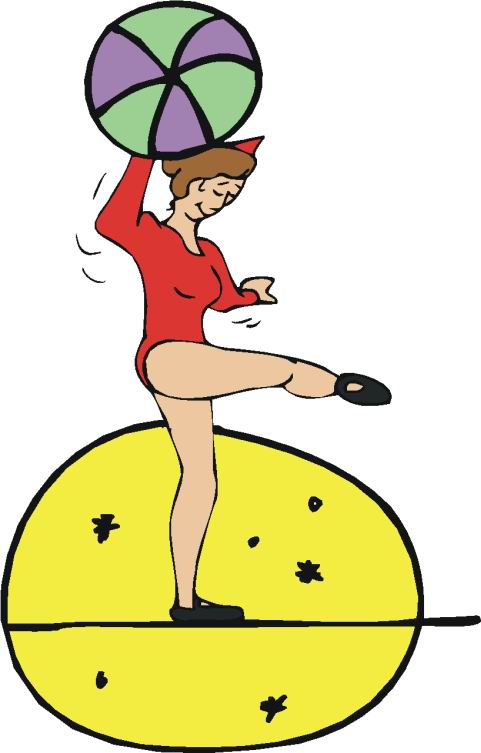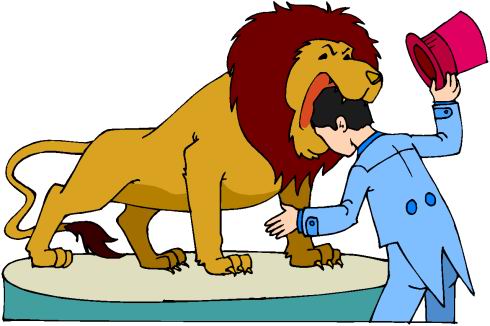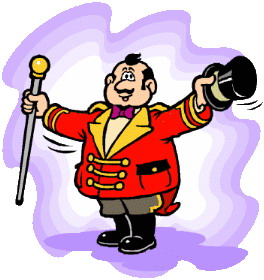Life Without Principle/ Haywire
“The motive is always money.” That is the justification Ewan McGregor’s defense contractor offers for putting out a hit on his ex-lover in Haywire, and the ethos that drives both Steven Soderbergh’s and Johnnie To’s jazzy anti-thrillers. To stays on the ground level of the financial collapse, sitting in with the bank employees driven to sell sell sell no matter the consequences until the monster they wrought but cannot even see for being so low on the ladder consumes everything. Even criminals get caught up in the matters, dispelling the notion that they live in their own world when their assets suffer as much as the average punter’s. Haywire does not feel the pinch so much because its characters exist in one of the few utterly safe zones, the ever-funded military industrial complex. But it too eats its own, and the petty personal issues that put Gina Carano’s Mallory at risk look even more abhorrent when carried out with the support and means of government and commerce.
Universal Soldier: Day of Reckoning/Resident Evil: Retribution
John Hyams’ and Paul W.S. Anderson’s respective breakthroughs deconstruct the video game aesthetics that have crept into action filmmaking by probing the medium’s moral, metaphysical and existential implications. Anderson, with his love of vast but contained spaces, crafts a series of game levels where the foes get exponentially stronger and players respawn to be fed back into the grinder. Hyams, on the other hand, sets those players free, only to find that a character programmed to be a conduit for death can only plod on with mindless violence. And yet, neither film lets its fount of ideas get in the way of thrilling genre filmmaking. Anderson’s slo-mo and clever 3D usage let every moment linger, stressing the beauty of the composition and the cheeky critiques embedded within them, while the long-take carnage that caps Universal Soldier is the most thrilling (and, ultimately, horrific) of its kind since the famed long take in John Woo’s Hard Boiled that rose to and fell from a jolting moment of friendly fire.
Consuming Spirits/It’s Such a Beautiful Day
Chris Sullivan’s long-gestating labor of love is an outsider art vision of loneliness and proof that ennui and restlessness affect those out in the sticks as much as they do the upper-middle-class of the world’s cities. Sullivan’s mixture of animation styles allows him to cross lines of memory and deceit (of others and self) as the full extent of his characters’ abuse, regrets and longing are revealed. Of course, memory is denied to Bill, the protagonist of Don Hertzfeldt’s final volume of a trilogy of existential short films (also edited together into a feature-length film of the same title), and Hertzfeldt’s animation often plays out in isolated, ragged bubbles set against a black void. Sense-overloading bursts of avant-garde techniques visualize Bill’s mental illness with shocking clarity, and the fourth-wall breaking reversal of fortunes that concludes the film takes The Last Laugh’s fate-altering coda to new heights and beyond, until the happy ending becomes darker than its original, logical conclusion.
Anna Karenina/Magic Mike
A film about a dying aristocracy trapped in constantly changing but still singular sphere and one about the dissolution of the myth of meritocracy, still wrapped in its plastic to up the resell value. One is a freewheeling adaptation of one of the most revered works of literature, and the other is a movie about male strippers. Both films operate musically, Wright’s with the elegant, classical movement of ostentatious balls, Soderbergh’s with the stuttering, unmasked sexuality of club music. And both, in their own ways, point out the double standards of gender in society. Wright formalizes the female objectification Tolstoy exposed, not only using stylistic flourishes to isolate Anna in the frame but treating Keira Knightley herself as part of the mise-en-scène to be ordered. The double-standard is deepened with Magic Mike, which Joe Manganiello, one of the film’s stars, has rightly said proves that men cannot be objectified.
Barbara/The Deep Blue Sea
Terence Davies' humid melodrama might be more obviously paired with Anna Karenina, as in many ways it is the more faithful adaptation of the same narrative and thematic arcs than Joe Wright’s free-for-all. Yet the mood of its tortured love triangle, where furtive glances and an attempt to batten down swirling emotions, vaguely links with the surveillance-heavy paranoia of Christian Petzold’s more austere East German moral thriller, Barbara. Barbara’s own feelings for the mostly off-screen, wealthy West German lover who beckons her through danger to his arms and the warm but ideologically loyal East German doctor for whom she works fit with Hester’s relationship to the passionate but unstable lover and loving but unphysical husband. Neither women finds all the answers in either, and they face, respectively, political and social repercussions for whatever choice they make. It is interesting which of those proves most unbearable for the chooser.
Killer Joe/Twixt
Two masters at work on genre fare. The difference, of course, is that William Friedkin is well-versed in the exploitation cinema he hones to its sharpest point in his Coen-esque Killer Joe, while the bombastic prestige of Francis Ford Coppola seems so oddly matched for his low-key, oddball Gothic romance. Yet both men make some of their finest films in years, paying homage to old-school grindhouse and horror filmmaking while updating it by either taking the genre to new levels of frankness or by propelling it forward with new technology. Friedkin’s chicken-fried chamber horror is so well-acted it almost achieves a veneer of class, while Coppola effaces himself (and the frame’s image, which he slyly links to his own fall) to get at his own demons. And in their final, deftest strokes, both films reveal themselves to be superb comedies.
Bernie/Girl Walk//All Day
One of the forefathers of modern American independent film joined with a movie that crystallizes the possibilities of new revenue streams for the next wave of independent filmmaking.The latter is the latest city symphony for America’s greatest metropolis (and one that at times recalls the freewheeling, anything goes energy of one of its first, Paul Fejos’ recently revived Lonesome. This New York must slowly warm to the individualistic outburst of Anne Marsen’s spastic, ecstatic dancing, and so much of the film’s joy comes from its disruption of how millions of people simply get on in the same space. The opposite is true of Bernie’s view of small-town Texas, where the real community thrives so vitally on the scruples of individuals they well know that they intrude upon a dramatized recreation to tell their gossip. There is also an inverse of expectations, where the big, cynical city produces a genuinely guileless burst of energy like Marsen and Carthage conjures up a false shade of that same innocence revealed to be a sinister huckster. Inexplicably, Linklater nevertheless shows as much affection for his milieu as Krupnick does for his.
Moonrise Kingdom/Tabu
The new creative peaks for established American aesthete Wes Anderson and upstart Portuguese young master Miguel Gomes both employ, in part or whole, 16mm film stock in their journeys through the wild. The grainy stock helps Anderson dismantle and critique his solipsist dollhouse worlds by following its dissatisfied characters outside the normal bounds of bourgeois comfort as they find ways to bend the wild to that comfort. Gomes goes one step further, using the 16mm, silent second half of Tabu to trace modern Western ennui to its wistful nostalgia for imperial superiority and colonial exoticism. The white privilege of Tabu’s first half and Moonrise’s whole is both perpetuated by characters and undone by the promised chaos of labor unrest in the former and the turbulence and restlessness of youth in the latter.
The Color Wheel/The Comedy
The year’s two funniest films are also two of the most wrenching. Rick Alverson’s The Comedy depicts a man hollowed out by irony, working menial jobs just because he need not worry about money and deliberately provoking others just to see what a genuine reaction to something looks like. But underneath Tim Heidecker’s dead, shark eyes (and the cheap-chic sunglasses that frequently obscure them) is a person screaming for release, making connections the only way he knows how, which is by driving people away. Then there’s Alex Ross Perry’s feature, in which the vicious bickering of two siblings is gradually revealed to be nothing more than sparring matches that prepare both to face even harsher verbal treatment from the outside world. A loneliness links the two films, though The Color Wheel proves both more optimistic and more perverse for staging its emotional breakthrough as its most twisted punchline and, wildly, its most touching moment.
Holy Motors/This Is Not a Film
I’ve seen both of these films twice, and good thing too. The surreal vignettes of Leos Carax’s return to feature-length filmmaking and the political dissidence of Jafar Panahi and Mojtaba Mirtahmasb’s un-film could very well have been one-off pleasures, an intense and singular experience that waned once the surprise vanished. Yet both stand proudly as complex, probing films on the nature of art and, more importantly, how art can inform life. Denis Lavant’s tour of personae each has has something to say about the way we get along in the world, from the faces we wear in public to the way life can shift so abruptly. Panahi, under house arrest and filmming a sketch of what he will never be allowed to film properly, winds up with something that strongly resembles the thematic content, even the narrative arcs, of his fictive work that he occasionally shows on his TV. Both filmmakers lament the death of artistic freedom, be it for capitalistic or political reasons, yet both films revitalize cinema for its own sake and in relation to the world outside theater doors.
Romancing in Thin Air/The Day He Arrives
Johnnie To’s undistributed melodrama (one of the best films of this young decade, and handily available as a Region-A import Blu-Ray from Hong Kong) links with Hong Sang-soo’s film in a myriad of ways. Both concern filmmakers who flee their craft, only to find that the more they attempt to retreat from their work, the more life around them begins to resemble a movie. The director within Hong’s film rails against film's promotion of falsity, yet his pining for a waitress who looks like an ex and the temporal confusion of his repetitious arc (which could take place over several days, just one, or a dream) are purely cinematic. The repeated movements and crucial variations that calmly propel Hong’s film are reflected in To’s, in which a jilted, alcoholic actor is revived by a woman harboring a secret obsession with him now compounded by the indirect but overwhelming connection the man has to her and her late husband. The world turns to cinema and cinema takes on the world and reworks it for a better outcome.
4:44 The Last Day on Earth/The Turin Horse /Cosmopolis
The apocalypse has been in for a few years now, but this trio of films each finds new paths to explore how the world falls apart. Abel Ferrara, auteur of a canon of autocritical exploitation, turns in a surprisingly sweet chamber drama, one that suggests that people may rediscover their humanity when money loses all value. David Cronenberg’s adaptation of Don DeLillo’s book, on the other hand, sees the loss of monetary value as precisely the catalyst for the end of days. The technology that brings people together in the former reminds humans of their obsolescence in the latter, and one is left wondering whether mankind can evolve with its creations to survive a cataclysm of our own making. Béla Tarr’s purported film is, apropos of its Nietzschean inspiration, beyond such trivialities altogether. Space and time slowly reverse over its arduously long shots, morality having been sucked away well before the first of them. All that is left is to have a few last, measly meals and take one last swig of bad brandy before the void swallows the last dregs of existence.
Honorable Mentions: Lincoln (Steven Spielberg), Detention (Joseph Kahn), End of Watch (David Ayer), Alps (Yorgos Lanthimos), Sleepless Night (Frédéric Jardin)
Films I've yet to see: The Grey, Amour, Neighboring Sounds, Life of Pi
Ordered top 25:
- Romancing in Thin Air
- This Is Not a Film
- The Color Wheel
- Cosmopolis
- It’s Such a Beautiful Day
- Moonrise Kingdom
- Holy Motors
- The Turin Horse
- Universal Soldier: Day of Reckoning
- Bernie
- The Day He Arrives
- The Comedy
- Tabu
- Magic Mike
- Resident Evil: Retribution
- Twixt
- Killer Joe
- Anna Karenina
- Haywire
- Girl Walk // All Day
- 4:44: The Last Day on Earth
- The Deep Blue Sea
- Barbara
- Consuming Spirits
- Life Without Principle



































